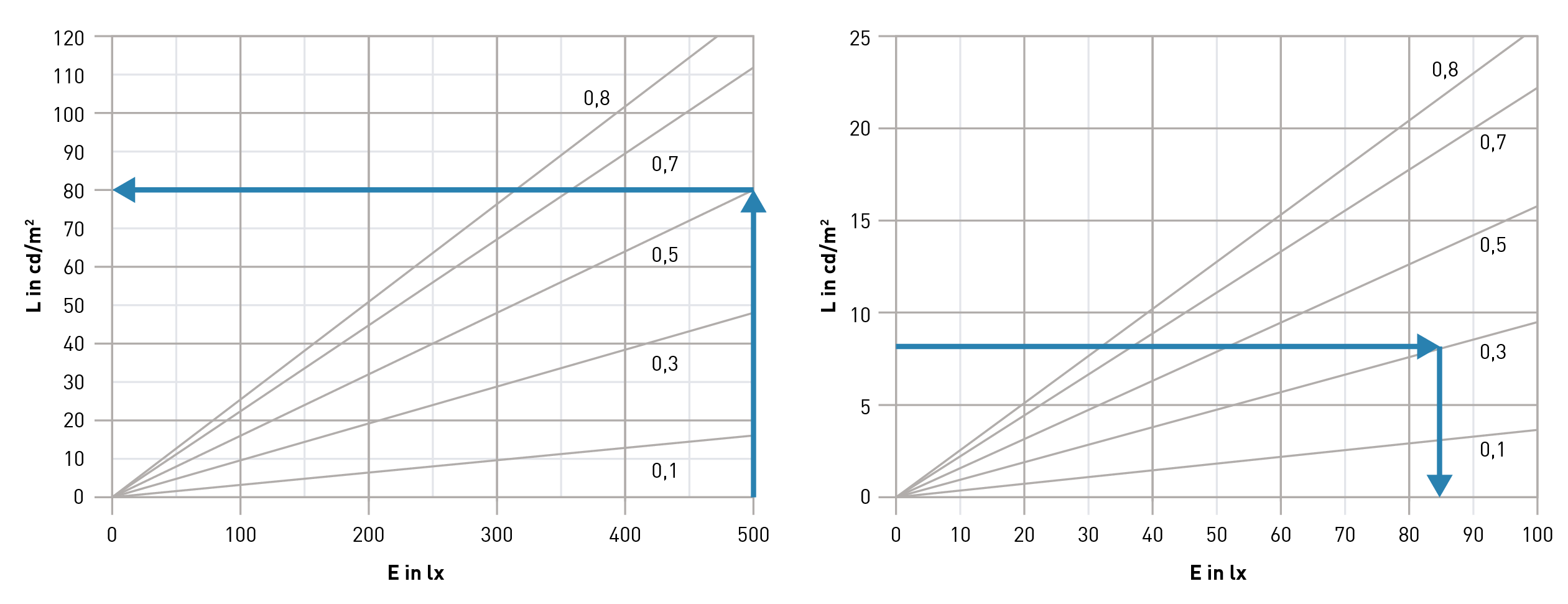

Different regions of the world approach regulations, recommended practices, and standards differently.

Where life safety is threatened (e.g., in emergency situations like building fires) interior lighting projects must comply with requirements imposed by regulations regarding minimum levels of illuminance. Visual Effects of Light – Regulations, Standards, and Energy Aspects Measurements at workplaces have shown that workers are usually exposed to illuminance of only 100 lx for more than 50% of the day ( 8), which fall far below the recent recommendation of daylight illuminance exposure ( 9). 500 lx of artificial light indoors corresponds to ~0.5% of the light on a cloudless day. Although, lighting standards for workplaces ensure that we can see well, specifications for artificial lighting correspond to twilight conditions outdoors ( 7). With the increased time spent in buildings, the length of time during which people are exposed to high amounts of daylight decreases. Thus, with the increase in flexible working times, innovative lighting concepts that take particular account of non-visual lighting effects become particularly important. Night work is associated with negative consequences for somatic and mental health ( 5) and persistent desynchronization of endogenous rhythms limits cognitive performance ( 6). Additionally to negative light effects during the night, low illuminances during the day can destabilize circadian rhythms ( 2).Ĭontinuously disturbing the entrainment of endogenous circadian rhythms with external diurnal Zeitgeber rhythms with can weaken the regenerative ability of the organism ( 3, 4). In particular light with high proportions of short wavelengths in the blue spectral range in the evening and at night suppress the secretion of the night hormone melatonin, a marker of circadian rhythmicity in humans. SWD is a circadian rhythm sleep disorder characterized by insomnia and excessive sleepiness affecting people whose work hours typically occur during the habitual sleep period ( 1). Light as the principal synchronizer (i.e., Zeitgeber) of human circadian rhythms, is “seen” during the biological night while at work, which might lead to circadian rhythms disturbance such as shift work sleep disorder (SWD). Concomitant to alterations in working hours, sleep-wake times are very often irregular in shift workers thereby impacting on the endogenous circadian timing system with negative health consequences ( 1). The advent of electric lighting made it possible to decouple working hours by means of shift work from times when daylight was available.


 0 kommentar(er)
0 kommentar(er)
